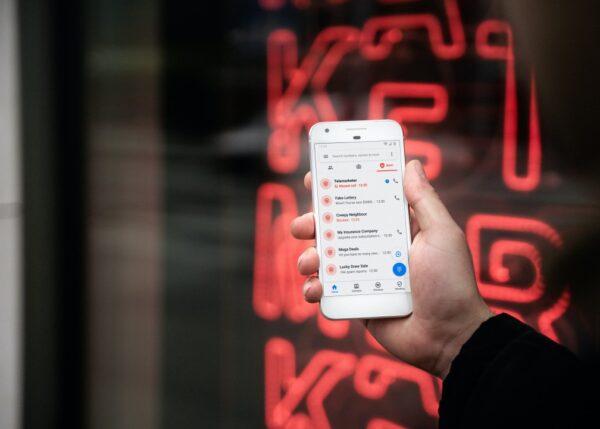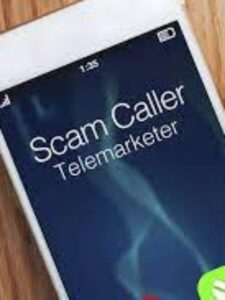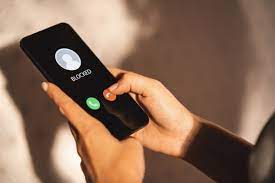
Beware of the us9514901185421 Scam: Protecting Yourself Online
US9514901185421 , us9514 , 9011 , 85421 , Scam Alert, tracking number us9514901185421 , tracking number
Introduction
US9514901185421 : The internet has brought immense convenience into our lives, from online shopping to staying connected with loved ones. However, with the advantages of the digital age come risks, and one of the most prevalent threats today is online scams.
In recent times, a new scam has emerged, marked by the cryptic code “us9514901185421.” , we will delve into the details of this scam, how it works, and most importantly, how you can protect yourself from falling victim to it.
Read more : https://theexpresspost.com/us9514961195221/
Understanding the us9514901185421 Scam
The us9514901185421 scam is a form of phishing scam, where fraudsters attempt to deceive individuals into revealing personal and financial information. This scam is characterized by a seemingly random and unique code, “us9514901185421,” which is often sent via email, text messages, or even on social media platforms. The scammers use this code to create a sense of urgency or legitimacy, making recipients believe that they need to take immediate action.
How the Scam Works
- Initial Contact: Victims receive a message that typically claims to be from a reputable organization, like a bank, government agency, or well-known company. The message contains the cryptic code “us9514901185421” and asks the recipient to click on a link or respond to the message.
- Urgency and Fear Tactics: Scammers use fear and urgency to manipulate victims. They might claim that there is a problem with the recipient’s account, a legal issue, or an impending financial disaster. The mention of the code is used to make the message seem official and important.
- Phishing Website: Clicking on the provided link takes victims to a fraudulent website that closely mimics the appearance of the legitimate organization. Here, victims are prompted to enter sensitive information such as passwords, Social Security numbers, or credit card details.
- Data Theft: Once the victim submits their information, the scammers have access to their personal and financial data. This information can be used for identity theft, unauthorized transactions, or sold on the dark web.
Protecting Yourself from the us9514901185421 Scam
Now that we understand how the us9514901185421 scam operates, let’s explore some crucial steps you can take to protect yourself from falling victim:
- Stay Informed: Be aware of the latest scams and phishing techniques. Regularly check for news and updates on common scams in your area.
- Verify the Source: Always verify the authenticity of messages or emails before taking any action. Contact the organization directly using their official website or phone number rather than clicking on suspicious links.
- Check for Red Flags: Look out for warning signs, such as misspellings, grammatical errors, and unusual email addresses or URLs. Legitimate organizations usually have professional communication.
- Use Two-Factor Authentication (2FA): Enable 2FA whenever possible for your online accounts. This adds an extra layer of security by requiring you to provide a second form of verification, such as a code sent to your mobile device.
- Educate Yourself: Educate yourself and your loved ones about the dangers of online scams. Awareness is a powerful defense against fraud.
- Report Scams: If you encounter a scam or receive a suspicious message, us9514901185421 report it to the appropriate authorities and organizations. Reporting can help prevent others from falling victim.
- Protect Your Personal Information: Be cautious about sharing personal information online, especially on social media platforms. Review your privacy settings to limit access to your data.
Conclusion
The us9514901185421 scam is just one example of the numerous online threats that individuals face in today’s digital world. By staying informed, practicing vigilance, and taking proactive steps to protect your personal and financial information, you can reduce the risk of falling victim to scams like this one. Remember, it’s always better to be safe than sorry when it comes to online security.
FAQ
1. What is the code “us9514901185421,” and where did it come from?
- If you received this code through an unsolicited email, message, or website, it’s crucial to be cautious. Scammers often use codes or reference numbers to create a sense of urgency and trick individuals into providing personal information or money.
2. Is it a legitimate organization or service that provided this code?
- Verify the source of the code. Legitimate organizations or services typically don’t request sensitive information or payments through unsolicited messages or emails. If you’re unsure, contact the organization directly using official contact information (not the information provided in the suspicious message).
3. Has the code been reported as a scam by others?
- Search online to see if others have reported similar codes as scams. Many websites and forums document known scams and fraudulent activities. This can help you determine whether the code is associated with a scam.
4. Did the message or website ask for personal information or payment?
- Be cautious if the message or website requests personal information like your Social Security number, bank details, or credit card information. Scammers often use this tactic to steal your identity or money.
5. Have you contacted your local authorities or relevant agencies?
- If you believe you’ve encountered a scam, it’s essential to report it to your local authorities and relevant agencies responsible for handling online scams. They can provide guidance on how to proceed and may be able to investigate further.

